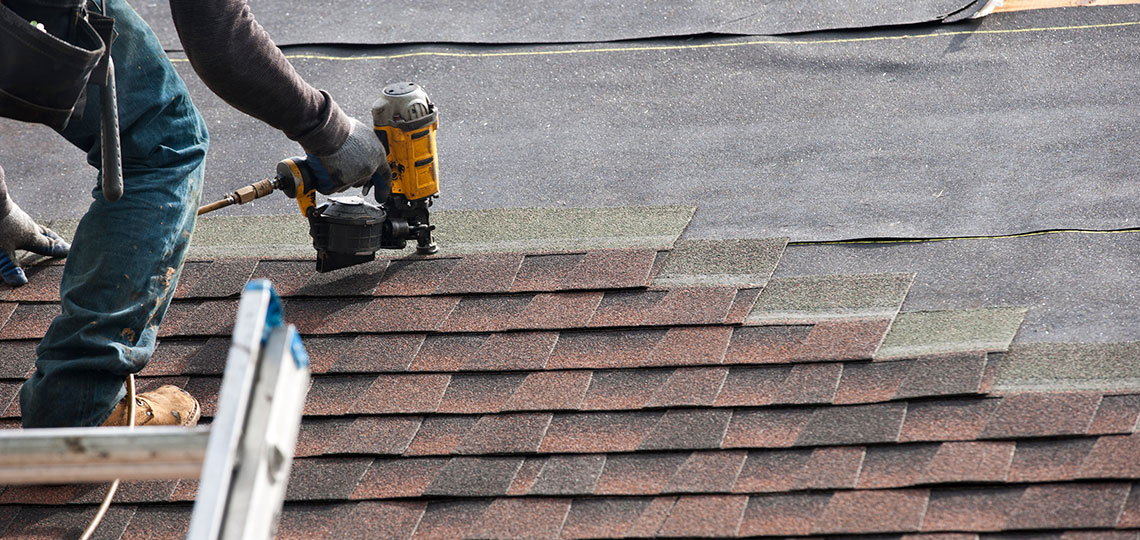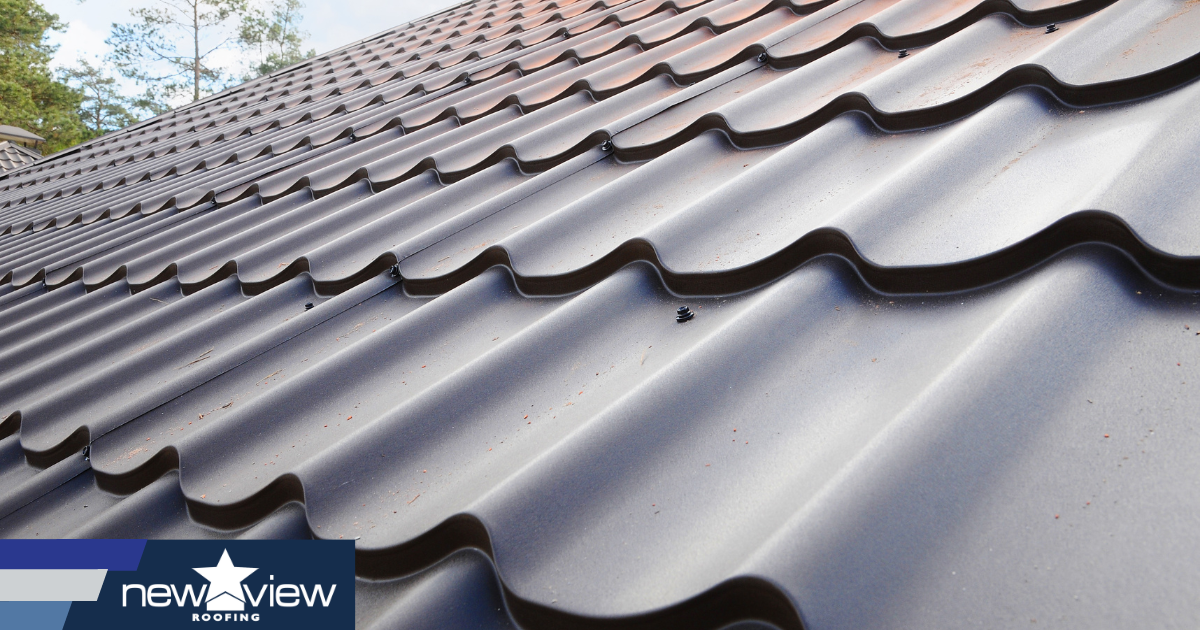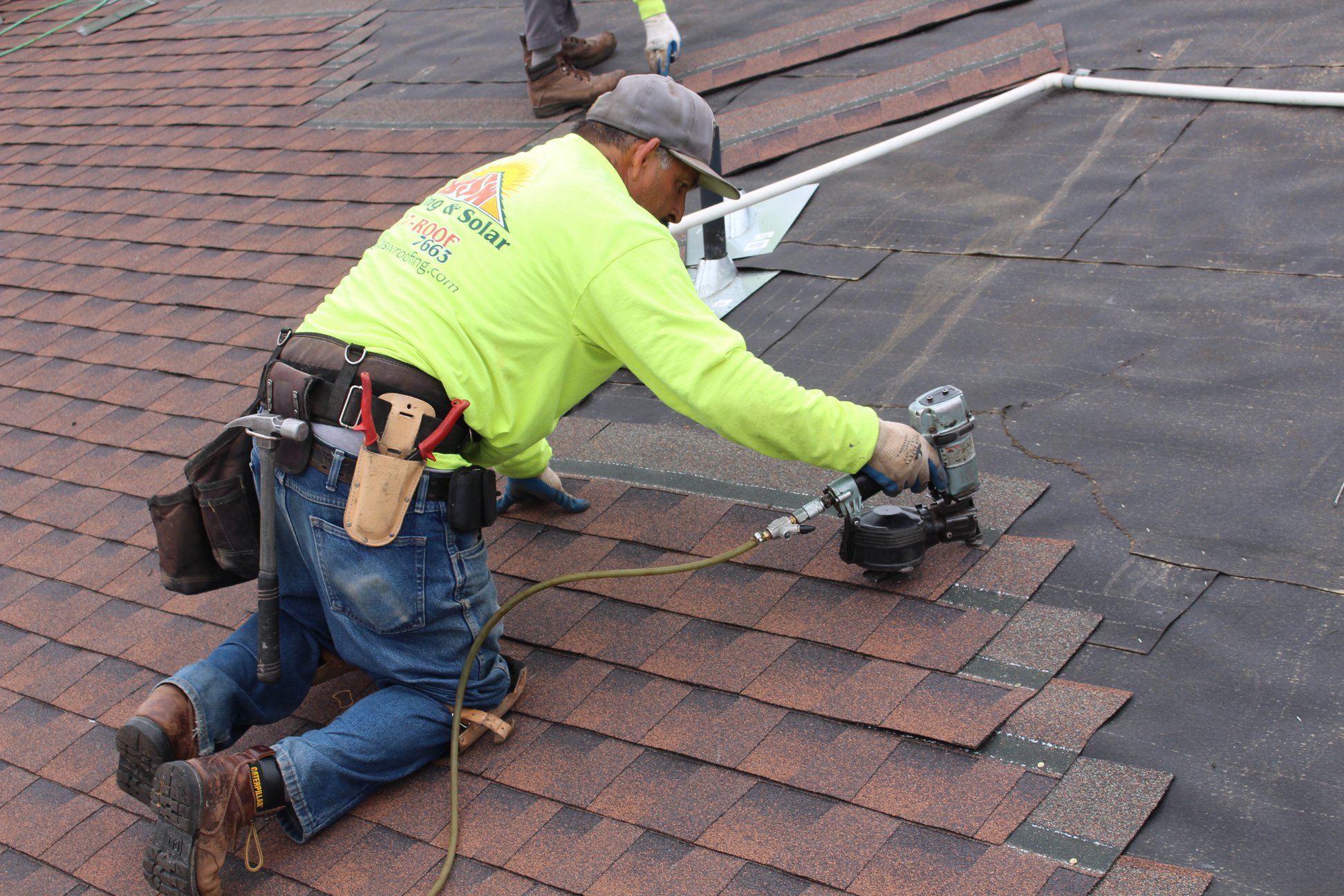Customer Testimonials on the Best Gainesville FL Roofing Companies Available
Customer Testimonials on the Best Gainesville FL Roofing Companies Available
Blog Article
Best Practices for Ensuring Correct Roof Air Flow
A well balanced intake and exhaust vent ratio, commonly 1:300, plays a critical duty, with consumption vents preferably positioned at the reduced side of the roof covering for great air access and exhaust vents at the optimal for cozy air exit. Maintaining insulation away from vents is crucial to protect against air flow limitation.
Understand Air Flow Fundamentals
Correctly comprehending ventilation fundamentals is crucial for ensuring the durability and effectiveness of roofing systems. Effective ventilation alleviates wetness accumulation and temperature level extremes in the attic, both of which can cause significant structural damages with time. A well-ventilated roof assists in protecting against common issues such as mold and mildew development, timber rot, and ice dams, which can compromise the honesty of the roofing products and the underlying frameworks.
The key goal of ventilation is to facilitate the movement of air, enabling a regular exchange between the outdoor and interior atmospheres. This equilibrium is accomplished with a mix of intake and exhaust vents that interact to maintain ideal airflow. Intake vents, commonly located along the soffits or eaves, enable fresh air to go into the attic space, while exhaust vents, usually located at or near the roof ridge, make it possible for hot, moist air to escape.
Key factors affecting the efficiency of roofing system ventilation consist of correct placement, ample sizing, and guaranteeing that both consumption and exhaust vents are unobstructed. Normal examination and upkeep are important to determine potential blockages, damage, or inefficiencies in the air flow system, thus securing the roof's efficiency and toughness.
Sorts Of Roof Vents
Roofing vents play a vital role in maintaining reliable attic ventilation and, by expansion, the overall health of the roof system. Different types of roofing system vents are readily available, each with unique advantages tailored to particular roof demands.

Soffit vents are set up under the eaves and work in tandem with roof vents to make sure a well balanced consumption and exhaust system. By permitting cooler air to go into from below, soffit vents assist in the expulsion of hot air through upper vents. Gable vents, situated on the exterior walls of the attic, deal another reliable option, especially in homes with gable roofs.
Evaluate Your Present Air Flow

Following, take into consideration the age and problem of your roof materials and air flow components. Older systems might not follow present building ordinance or might have weakened with time, reducing their effectiveness. Conduct a detailed evaluation to recognize any kind of signs of deterioration, such as rust, damages, or spaces that could jeopardize the system's efficiency.
In addition, determine the attic room temperature level and humidity degrees. High temperatures and moisture can show inadequate ventilation.
Installment Best Practices
Reliable setup of roof covering ventilation systems is vital for making certain ideal performance and durability. Appropriate installation starts with comprehending the certain ventilation needs of the structure and the roofing it covers. This entails determining the right proportion of consumption to exhaust vents, usually sticking to the 1:300 guideline, which states one square foot of ventilation for every single 300 square feet of attic room flooring room.

The positioning of vents is equally important. Consumption vents should be installed at the roofing system's lower side, commonly in the soffits, to permit trendy air to enter. Exhaust vents, on the other hand, ought to be set up near or at the roofing system's height to assist in the leave of warm, wet air. This creates an all-natural air movement that helps preserve temperature level and dampness equilibrium within the attic room area.
Seal all vent connections meticulously to avoid air leakages and potential water infiltration. Usage high-quality products and adhere to maker standards to make sure durability and performance. In addition, integrating ridge vents with baffles can considerably boost air flow effectiveness by stopping wind-driven rainfall and snow from entering the attic.
Ultimately, specific setup of roofing ventilation systems minimizes potential problems such as mold growth, ice dams, and architectural damage, making sure the roof's integrity and the structure's general health.
Normal Upkeep Tips
Consistency in upkeep methods is basic to ensuring the long-term efficiency of roof ventilation systems. Routine inspections are vital, ideally carried out biannually-- in the spring and autumn. During these evaluations, guarantee that vents are complimentary of particles, nests, and other blockages that can hinder airflow. Look for any kind of indicators of dampness build-up or mold, as these can indicate incorrect air flow or leaks (gainesville fl roofing companies).
Cleansing the vents is one more crucial task. Make use of a soft brush or a vacuum cleaner to get rid of dirt and particles from intake and exhaust vents. Beware not to harm the air vent displays or louvers throughout the process. Additionally, inspect the attic room space for any type of indicators of water damages, which can jeopardize the stability of the roofing system.
Correct insulation is just as important. Make certain that attic room insulation does not obstruct the vents, as this our website can seriously restrict air flow. If any type of insulation has actually shifted or resolved, rearrange or change it to keep a reliable obstacle.
Finally, visit our website change any kind of damaged or missing elements immediately. Broken vents, fractured roof shingles, or tatty blinking can all add to poor air flow and should be attended to right away. Routine maintenance makes sure that the roofing air flow system functions ideally, thus expanding the life-span of the roof itself.
Verdict
Making sure proper roofing ventilation is extremely important for maintaining the performance and longevity of a roofing system. Adherence to the 1:300 consumption and exhaust air vent proportion, coupled with the strategic placement of vents, is vital.
A well balanced consumption and exhaust air vent proportion, generally 1:300, plays an essential role, with intake vents ideally placed at the reduced edge of the roof covering for amazing air entrance and exhaust vents at the height for cozy air leave. Intake vents, usually situated along the soffits or eaves, allow fresh air to go into the attic room space, while exhaust vents, typically positioned at or near the roof ridge, allow hot, humid air to run away.
Soffit vents are installed under the eaves and job in tandem with roof vents to ensure a well balanced intake and exhaust system. By allowing cooler air to enter find more from below, soffit vents facilitate the expulsion of hot air through top vents. Adherence to the 1:300 consumption and exhaust vent ratio, paired with the critical positioning of vents, is vital.
Report this page